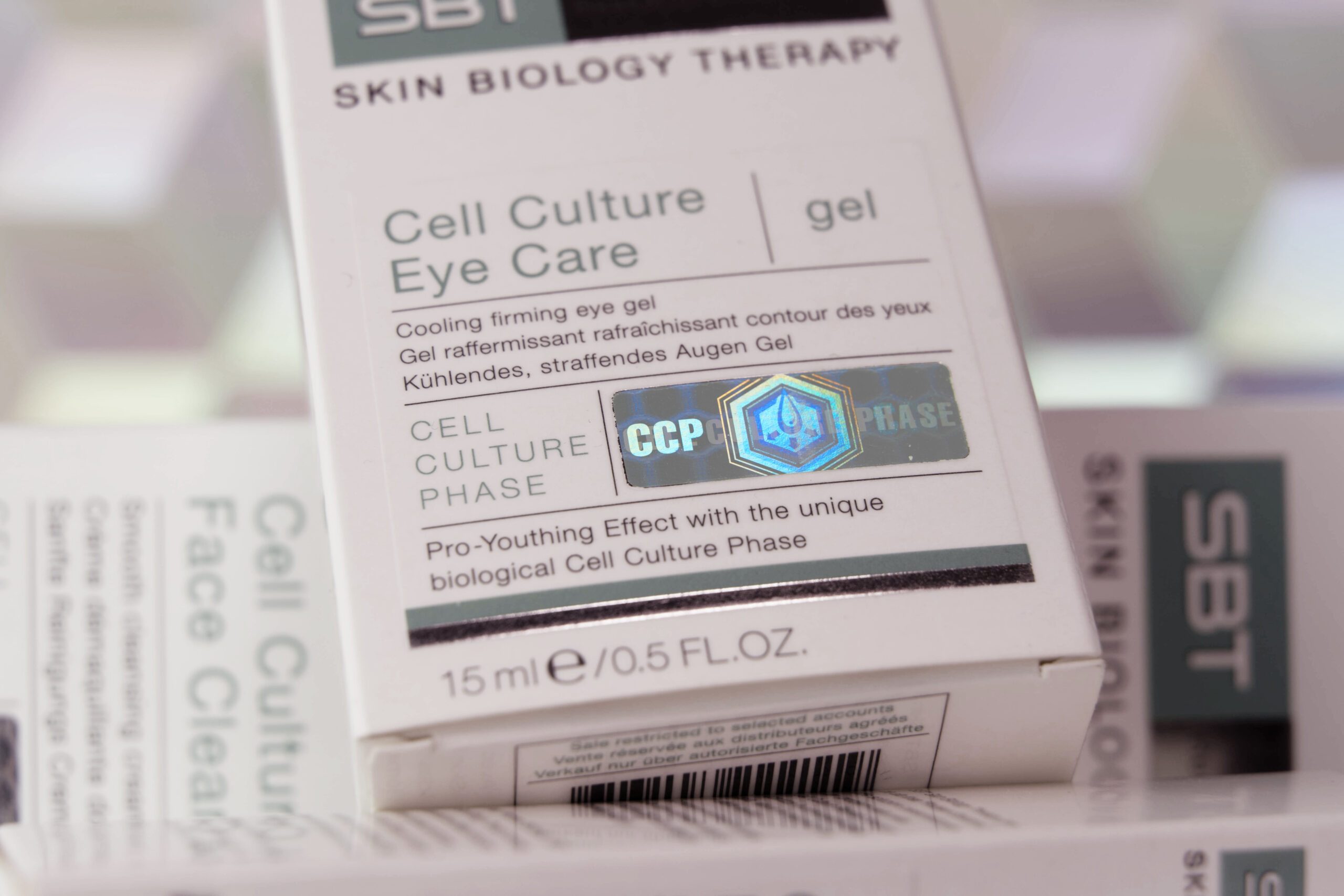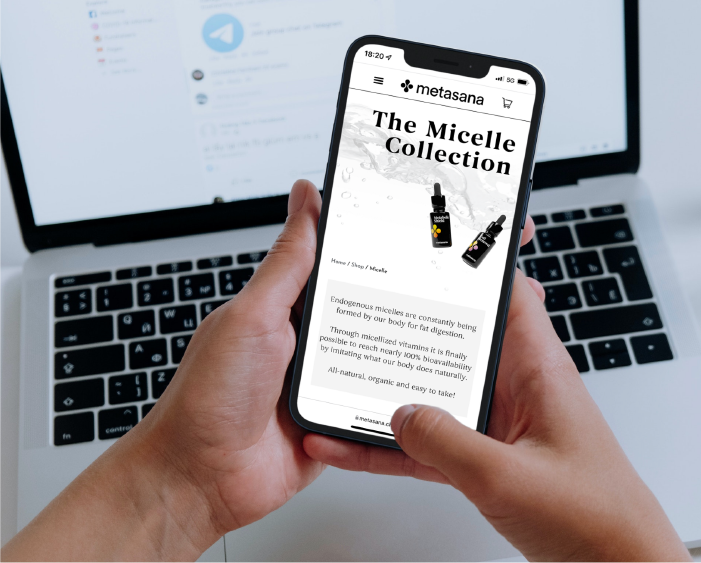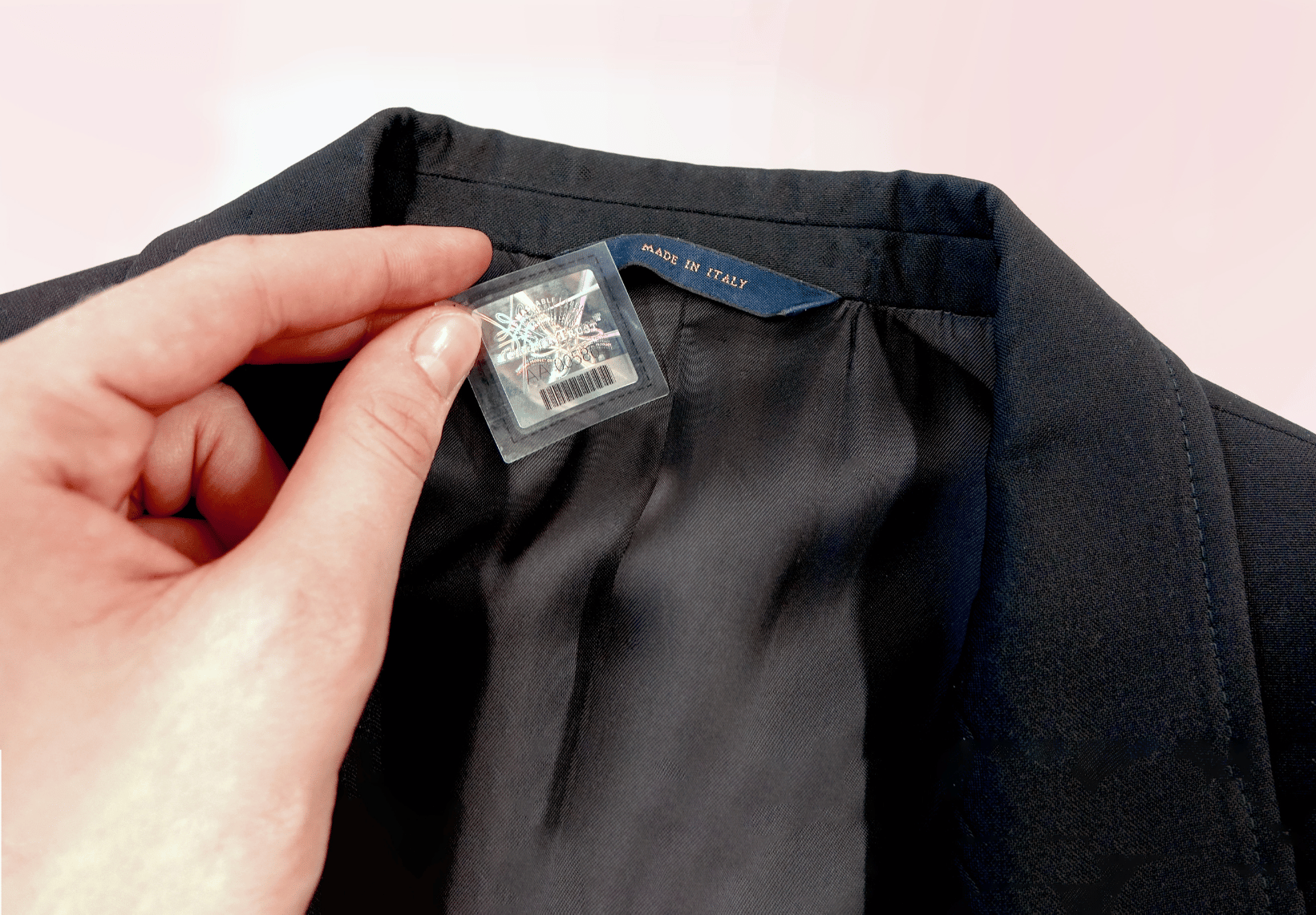
Why Do Customers Trust Products with Hologram Labels More?
In an era of increasing counterfeit goods, product fraud, and consumer skepticism, trust has become the most precious asset a brand can earn. For shoppers, knowing a product is authentic and safe is the first step toward making a purchase.
One of the most effective tools brands use to build this trust is the hologram label. Those shimmering, eye-catching stickers aren’t just decorative they are powerful symbols of security, authenticity, and quality.
But why exactly do customers trust products with hologram labels more? Let’s explore the science, psychology, and technology behind this trust-building feature.
What Are Hologram Labels?
Hologram labels are special security labels that display three-dimensional images with shifting colors and light effects. They’re created using advanced optics and nanotechnology, producing unique visual effects that are extremely difficult to reproduce.
Beyond their visual appeal, holograms often include anti-counterfeit features such as serial numbers, microtext, QR codes, and NFC chips, which further protect products from tampering and fraud.
The Proven Impact of Anti-Counterfeiting Measures on Consumer Trust
Multiple studies show that consumers are more likely to trust products with visible security features.
- A NielsenIQ report revealed that 70% of shoppers check packaging for authenticity indicators before buying high-value products like electronics or cosmetics.
- According to research from the University of Portsmouth, visible security elements like holograms increase perceived product authenticity and reduce doubts about counterfeit risk.

The Science Behind Shimmer, Movement, and Attention
Holograms attract attention through optical effects that engage human perception on multiple levels.
- Our brains are wired to notice movement and light changes first, a trait inherited for survival to detect threats or opportunities quickly (source: Harvard University visual cognition studies).
- The shimmer and color-shift effects of holograms naturally draw the eye, increasing the time shoppers spend looking at a product. More attention equals a higher chance of purchase.
This emotional and psychological engagement creates an “emotional hook” that makes the product more memorable.
Holograms Signal Premium Quality and Innovation
A 2020 study by the Journal of Consumer Research found that packaging perceived as high-tech or innovative directly influences perceptions of product quality.
Holograms fit this category perfectly. Their intricate design and technological sophistication send subconscious signals that a brand invests in quality control and customer safety. This elevates the product’s perceived value, encouraging shoppers to view it as a premium or trustworthy option.

Transparency Through Digital Integration
Modern hologram labels often include QR codes or NFC chips, connecting physical packaging to digital content.
- Studies from Accenture and GS1 reveal that 64% of consumers want easy access to detailed product information like origin, ingredients, and certifications.
- When shoppers scan hologram labels, they can verify authenticity, trace product origins, or access sustainability data.
This transparency builds trust by empowering consumers with knowledge and reducing uncertainty.

Real-World Examples: Trust in Action
- Pharmaceuticals: The World Health Organization estimates that 10% of medicines worldwide are counterfeit. Hologram labels on medication packaging provide critical authentication that helps protect patient safety.
- Luxury Brands: Companies like LVMH use custom holograms to guarantee the authenticity of high-end goods, reassuring customers and preserving brand reputation.
- Electronics: Brands embed NFC-enabled holograms to combat fraud in markets prone to fake gadgets, increasing buyer confidence.

Why Hologram Labels Are More Than Just Pretty Stickers?
Hologram labels combine advanced technology, psychology, and marketing to build deep consumer trust. They reduce fears of counterfeiting, signal high quality, engage attention emotionally, and provide digital transparency.
For brands, investing in hologram labels isn’t just about security it’s a strategic move to connect with customers, build loyalty, and drive sales in an increasingly skeptical market.
